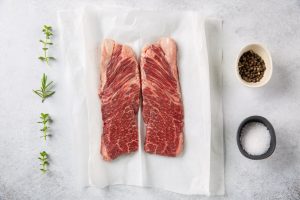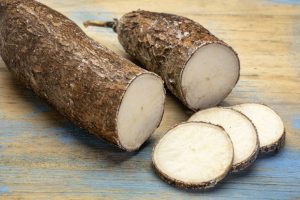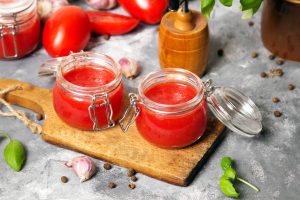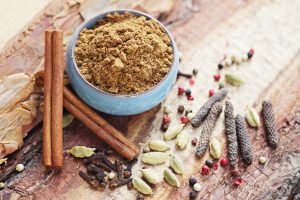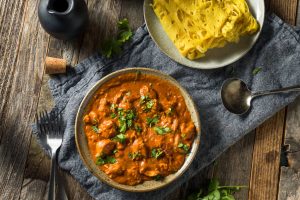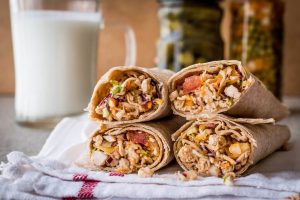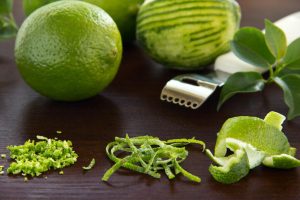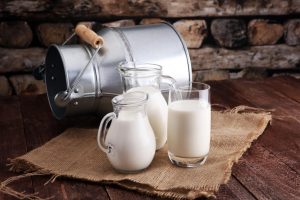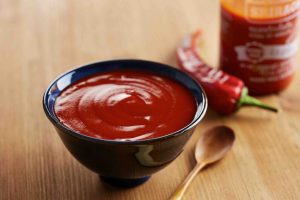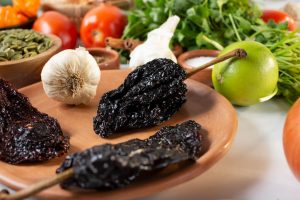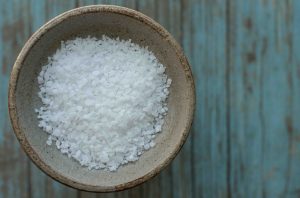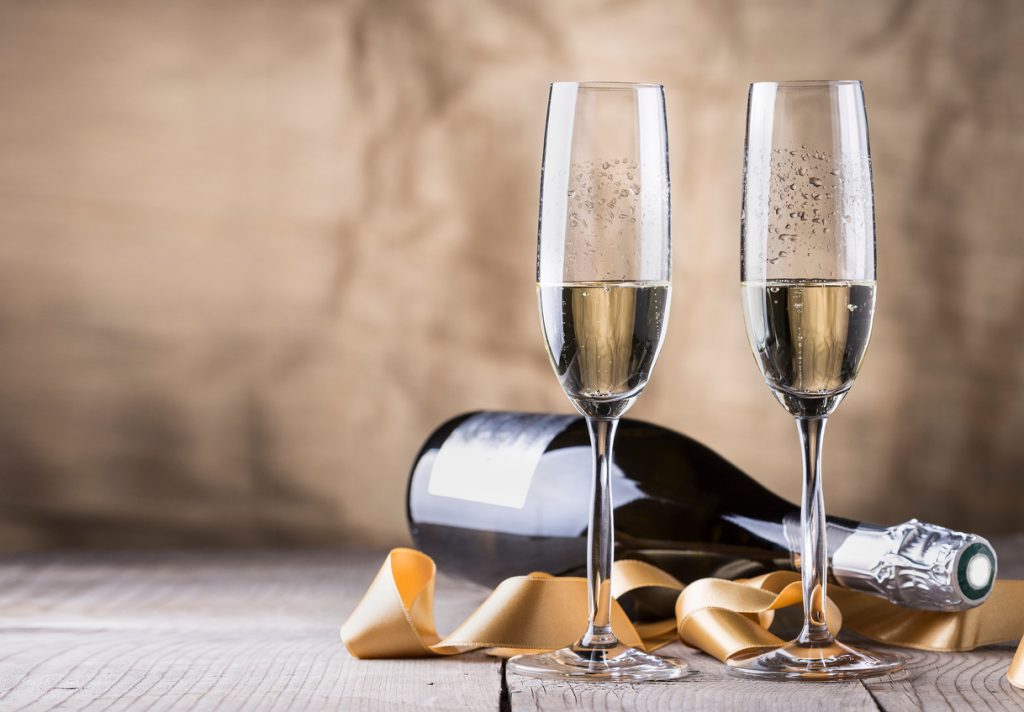
If you are thinking of making a charcuterie board, then you should know how to choose the right type of wine or champagne for your morsels. You’d want to select one that’ll match your taste and that your guests will enjoy.
But with the different types of champagne available, the options can get overwhelming. Should you pick brut vs extra dry? Both bottles say champagne, but what’s their difference? Read on because we got everything covered!
What Is the Difference Between Brut vs Extra Dry?
Both brut and extra dry are types of champagne. However, the main difference that sets these two apart is their sugar content and sweetness.
Extra Dry is Sweeter than Brut
Extra dry champagne is sweeter than the brut ones. The sugar content in most brut wines only amounts to 1.5% of their total volume while extra dry ones amount to about 2% of their total volume.
Winemakers typically classify champagnes according to their sweetness and dryness. An example of this classification is brut, meaning “dry” and “raw” in French.
Brut champagne is unrefined wine and it refers to the driest type of champagne. The more brut your champagne is, the drier or less sweet it is. Winemakers only add less than 12 grams of sugar per liter to make a bottle of brut champagne.
Extra Dry Champagne is another classification of champagnes. For any champagne to be classified as ‘Extra dry’, it needs to have 12-20 grams of sugar per liter. While most of us know them as extra dry sparkling wine, it also goes by the name champagne extra sec since “sec” in French means “dry. A classic example of extra-dry champagne that most of us enjoy is Korbel champagne. Extra dry champagne is also perfect to use in creating bright and refreshing party drinks like this French 75 cocktail.
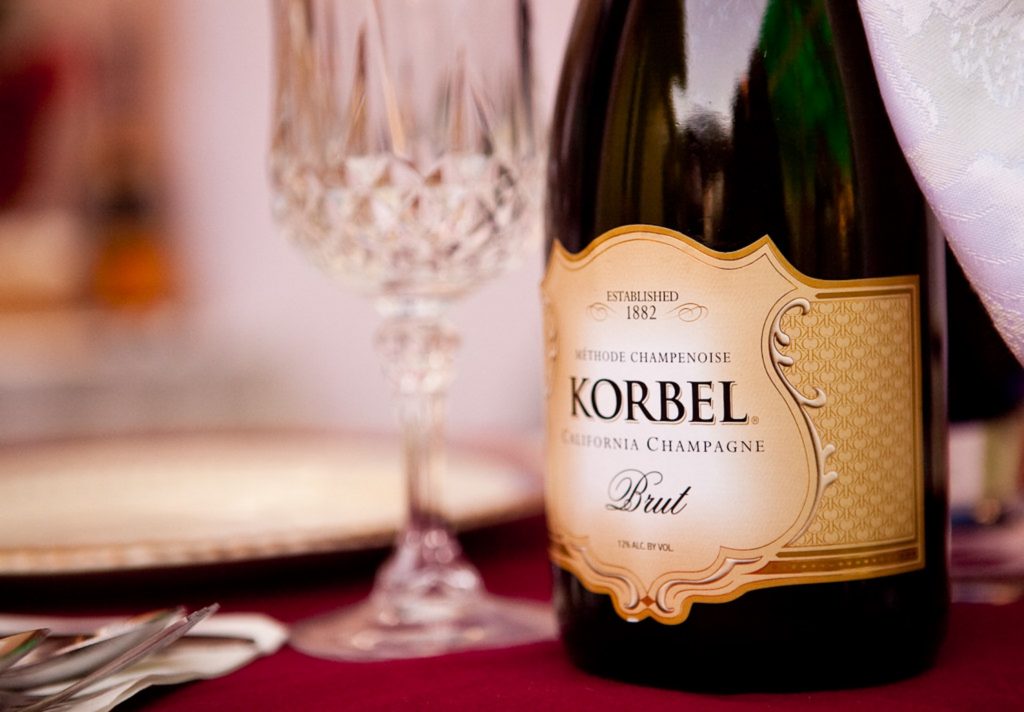
You may wonder, if extra “sec” means extra dry, does that mean it is drier or less sweet than brut? The answer is no. In fact, extra dry champagnes are sweeter than brut champagnes and less dry by one classification (see the champagne sweetness scale below).
Note
Extra dry champagne has around 98 to 100 calories, while brut champagne has around 91 to 98 calories per serving. In general, many would consider champagne a healthy drink though we’d still recommend drinking them in moderation.
Brut Tastes Different from Extra Dry
Since brut champagne contains less sugar, it is less sweet and more acidic than extra dry ones. It is also good to note that brut champagne’s nutty, creamy, and fruity notes are milder compared to extra dry champagne. And with this flavor profile, you can use this in creating sweet and zesty cocktails like this perfect holiday drink: poinsettia cocktail.
Brut Champagnes Are Lighter in Color
Finally, the two also have slight differences when it comes to colors. Brut champagnes have this pale color compared to the light amber color of extra-dry champagne.
Champagne vs Sparkling Wine (And How They’re Made)
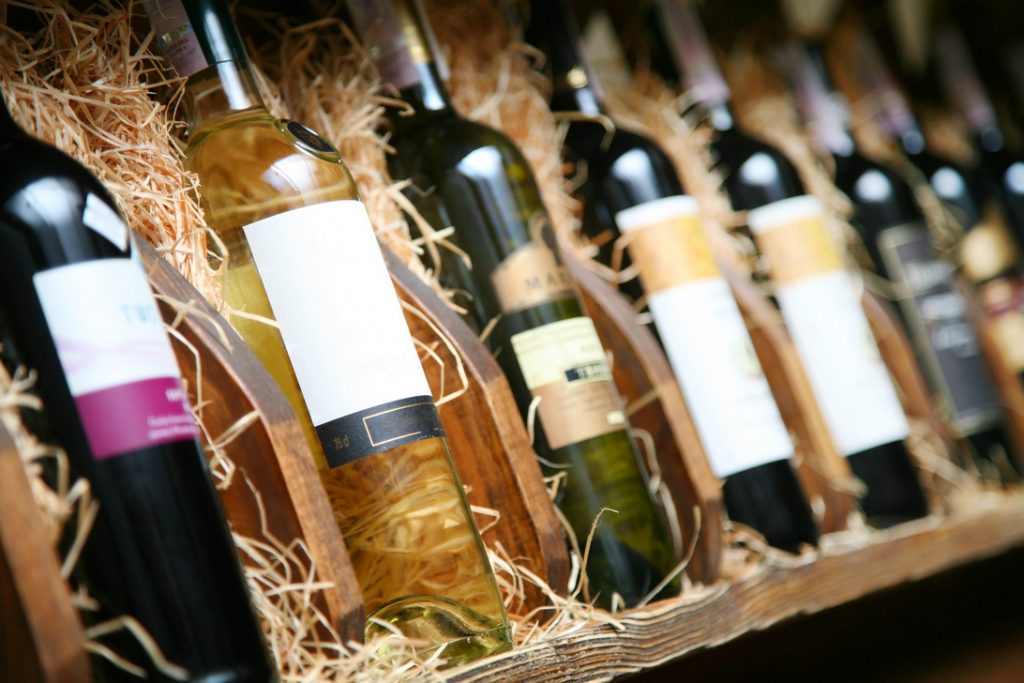
All champagnes are considered sparkling wine, but not all sparkling wines are champagne. Origin plays an important role in categorizing different sparkling wines. Like how they named champagne after the region where it is from: Champagne, France. It is also how prosecco, a sparkling wine variety from Prosecco, Italy, got its name. That means you cannot call any sparkling wine “champagne” unless it’s from Champagne, France. Same way how sparkling wines from Prosecco, Italy can be the only ones called prosecco.
Winemakers use the traditional method or Méthode Traditionnelle in creating champagne and some varieties of sparkling wine. The standard method in creating champagne is the traditional method. It is a labor-intensive process where two fermentation periods occur — the primary with alcoholic fermentation and the secondary fermentation using liqueur de tirage (mixture of sugar, yeast, and wine).
The first fermentation stage is all about making still wine. After producing this, the wine undergoes blending and bottling stage before transitioning to the second fermentation period, where winemakers add the liqueur de tirage before capping and storing it. And as we all know, yeasts react with sugar, producing carbon dioxide. This gas is the reason why champagnes are fizzy.
Winemakers will let these age for months to years before opening them again to remove the dead yeasts and to add sugar. And this is the crucial part that sets brut vs extra dry champagne apart, creating their distinct flavor profiles.
READ ALSO: 15 Best Wine Decanter Options for Wine Night This 2022
Champagne Sweetness Scale
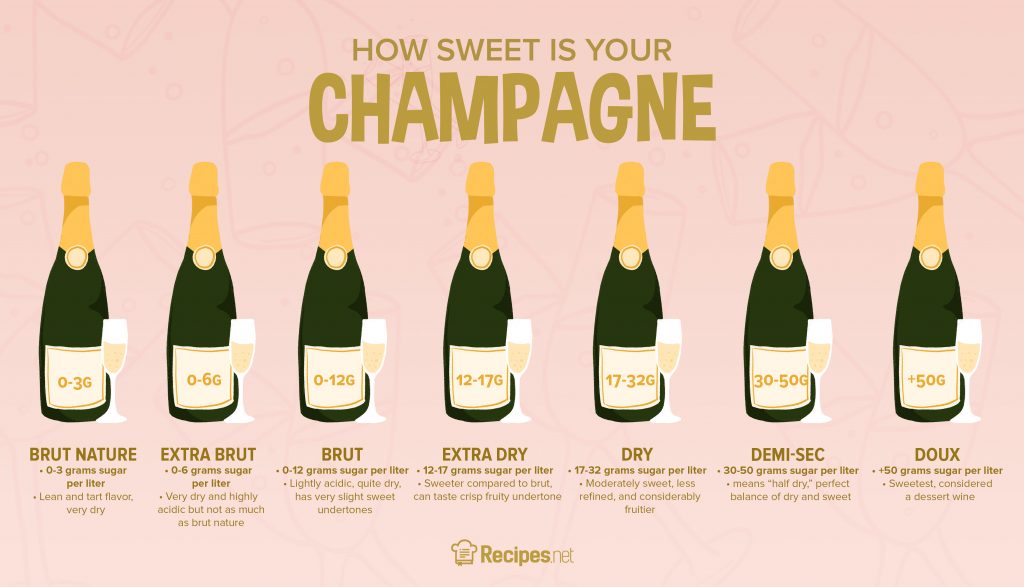
Of course, we already know that the varying sugar level affects the sweetness of the champagne — with the brut variants being the driest and doux champagne as the sweetest type (even considered as dessert champagne).
Aside from the sugar added, other factors may affect the sweetness as well as the flavor and aroma of your champagne. An example is the quality of grapes used. Where are the grapes grown and how were they tended? How old is the vine where they grow? Another factor is how winemakers make their champagne. The barrels used, the storage and temperature, and the length of champagne aging all matter.
These are all standardized and protected in the Champagne regions of France, making champagne an extraordinary and one-of-a-kind sparkling wine.
Did You Know?
Compared to other common cocktail drinks, you might be amazed how less sugar champagnes contain, particularly the brut and extra dry ones. For example, a margarita on the rocks with simple syrup has 20 grams of sugar. Your favorite jack and coke have a whopping 33 grams, while an Espresso Martini has 25 grams!
Best Food Pairing for Brut and Extra Dry
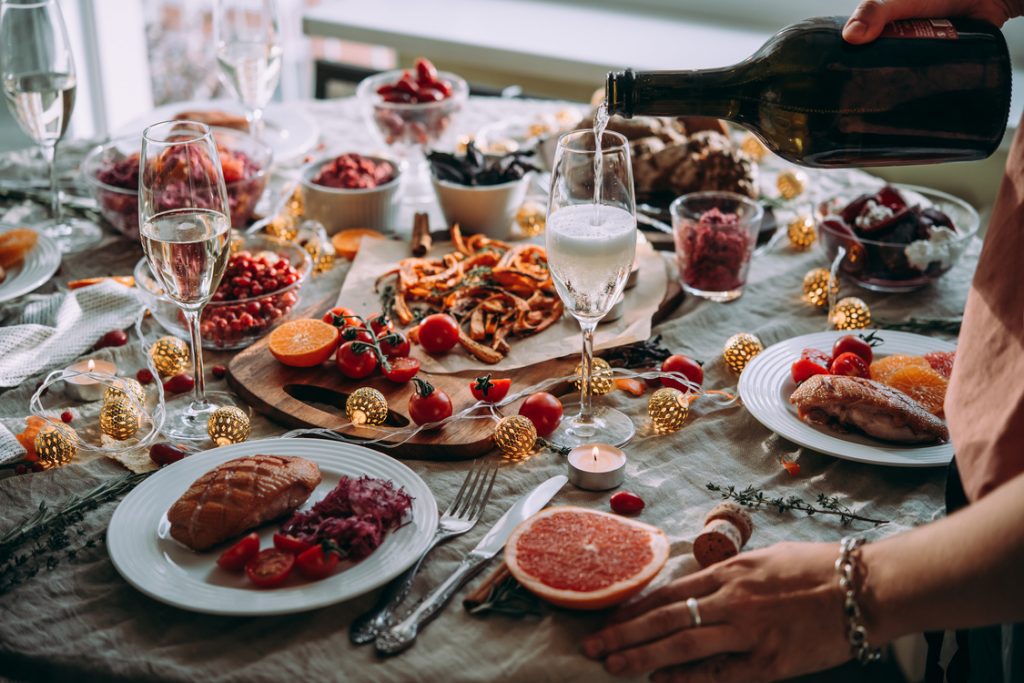
Champagne is known to be a pre-food cocktail because we are able to fully taste and appreciate the complexity of its flavors without being tainted by the flavors of the food we’ve eaten. As a matter of fact, most gourmets encourage people to have their champagne in the morning, as it’s when our palette is cleaner and sharper.
Dishes that are more on the umami side also greatly complement this bubbly drink. So, if you prefer brut wine, you can serve it with fatty, fried foods like this fried chicken tenderloin ala Cracker Barrel! But suppose you want the comparably sweeter fizz of extra-dry ones, then pair your bubbly with some buttery lobster tail or roasted chicken.
Aside from that, you can also use champagne in making other cocktail drinks like a mimosa. Brut champagne’s dry and sharp taste is the best choice if you want to balance the sweet, zesty flavor of orange juice.
Brut vs Extra Dry: Which Is Better?
Now that you know the difference between brut vs. extra dry champagne, you can now go for the best option for your next party. Do you prefer the less sweet and more acidic side of brut champagne? Or do you crave the underlying sweet notes of the extra dry one?
At the end of the day, it’s up to you to choose which drink best suits your personal taste! Celebrations should always be enjoyable. And aside from the good company, it should also have good food and drinks. So choose between brut and extra dry, and enjoy your adult drink.
